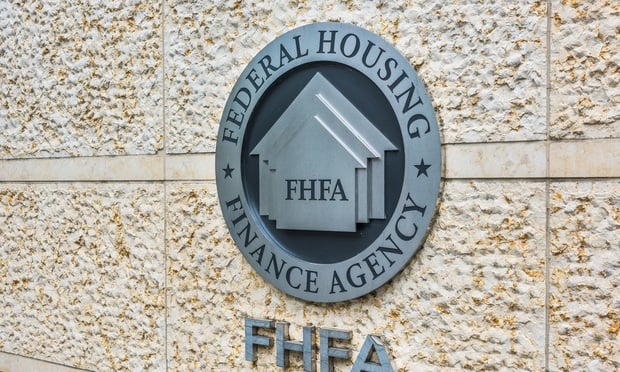The Federal Reserve's biannual Financial Stability Report offers valuable insights into commercial real estate and its relative size compared to other asset types, which Trepp has analyzed. The report employs a four-part monitoring framework to assess the financial system's vulnerabilities and potential shocks.
The framework first examines valuation pressures, which occur when asset prices are high relative to economic fundamentals and historical norms. Trepp specifically highlighted equities, corporate debt, and residential real estate as areas of concern in this regard. Next, it considers borrowing risks, noting that while business leverage remains high and household debt moderate, auto and credit card delinquencies have increased compared to pre-pandemic levels.
Financial system leverage is the third component, assessing institutional ability to absorb losses during adverse shocks. Although banking levels are generally sound, market-adjusted capital levels remain sensitive to interest rates. Lastly, the framework evaluates funding risks, which can expose banks to risk if conditions prompt rapid withdrawal of deposits. Currently, these risks are low due to banks maintaining high levels of liquid assets, and uninsured deposits have decreased.
Want to continue reading?
Become a Free ALM Digital Reader.
Once you are an ALM Digital Member, you’ll receive:
- Breaking commercial real estate news and analysis, on-site and via our newsletters and custom alerts
- Educational webcasts, white papers, and ebooks from industry thought leaders
- Critical coverage of the property casualty insurance and financial advisory markets on our other ALM sites, PropertyCasualty360 and ThinkAdvisor
Already have an account? Sign In Now
*May exclude premium content© 2025 ALM Global, LLC, All Rights Reserved. Request academic re-use from www.copyright.com. All other uses, submit a request to [email protected]. For more information visit Asset & Logo Licensing.








